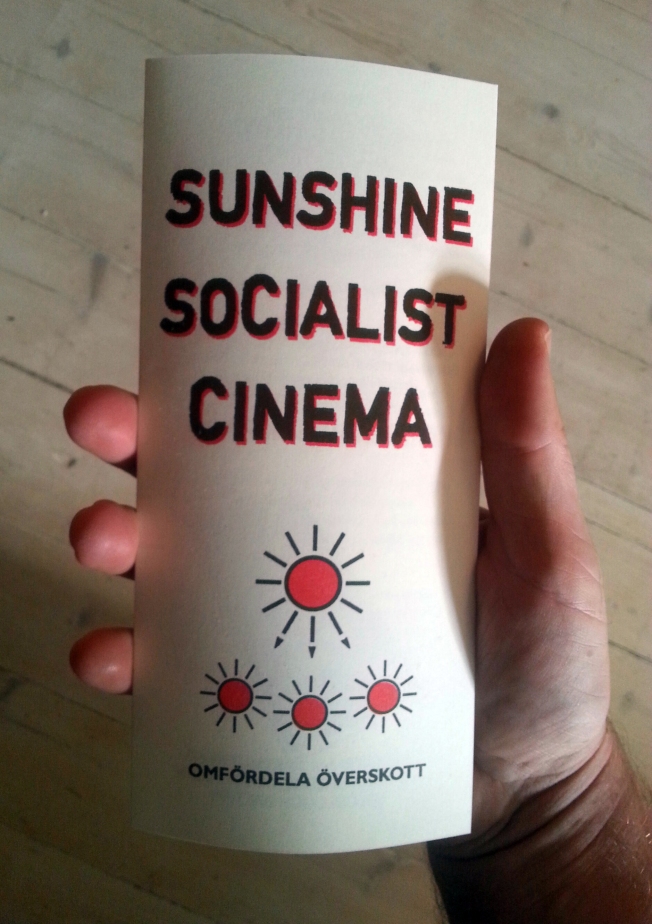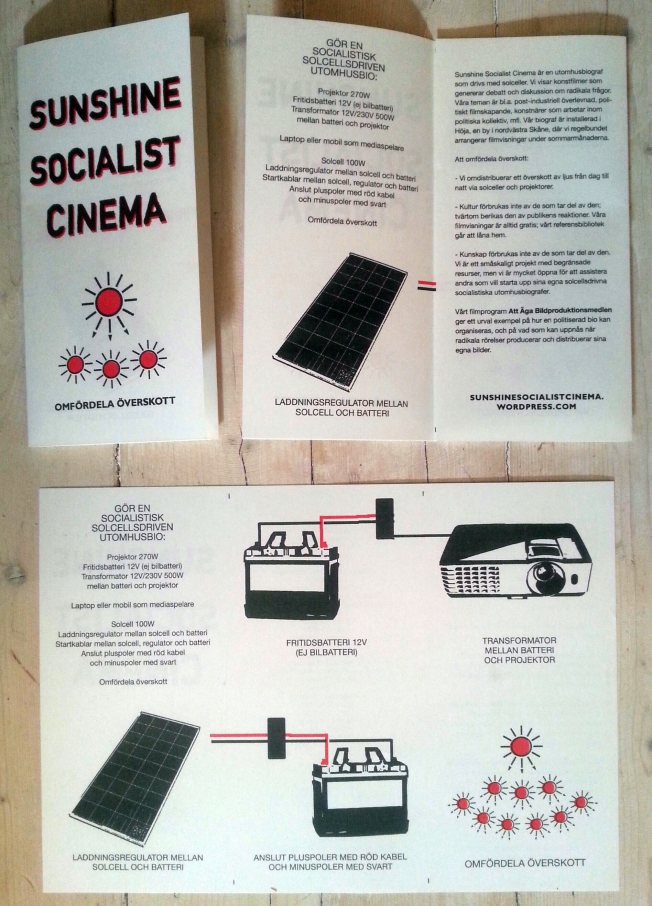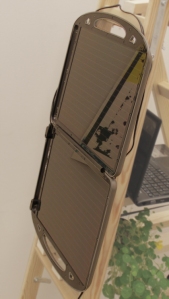On Saturday August 18 we’ll be presenting the first ever film festival in Katrineholm. Five films shown, plus various bobs and bits in between. The festival takes place inside the solar panel park run by ETC. The park is like an extended showroom for alternative energy solutions, soon to become mainstream. Check out their site for pics, presentation, and directions – https://etcel.se/katrineholm

Riso-printed posters, Gnesta
Inside one of the greenhouses, among the tomato plants, we’ve got a couple of films going on repeat, from around five o’clock. One of the films is Donna Haraway: Storytelling For Earthly Survival by Fabrizio Terranova. Quoting from the Tate.co.uk website:
“Donna Haraway’s groundbreaking work in science, technology, gender and trans-species relationships over the last four decades is marked by her deep commitments to feminism and environmentalism. Refusing to distinguish between humans and animals and machines, she proposed new ways of understanding our world that challenge normative structures and boundaries. Her approach to writing is equally distinct, breaking with prevailing trends in theory by embracing narrative techniques in painting a rebellious and hopeful future.”
Check out the trailer at https://earthlysurvival.org/

Donna Haraway: Storytelling For Earthly Survival by Fabrizio Terranova
Outdoor screening begins around nine in the evening, on a cinema screen set up in a field of solar panels. We’ve got popcorn popped and cinnamon buns baked in a solar oven. Entry and snacks are free. Check back shortly for more info on the films to be shown!
The festival is arranged in cooperation with Art Lab Gnesta, who we’ll be working with some more over the coming year. Check out their site for info on an amazing greenhouse project, and a swamp biennale among other great things – http://www.artlabgnesta.se/
Our work with the festival is funded by Konstfrämjandet – http://konstframjandet.se/

Riso-printed posters, Gnesta










